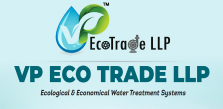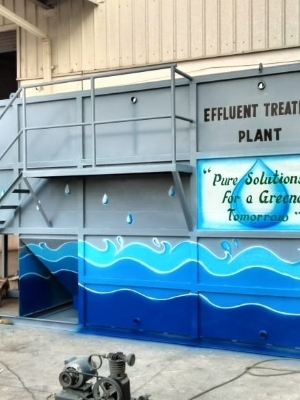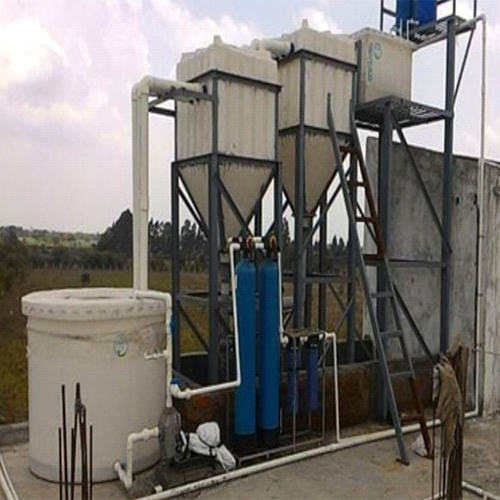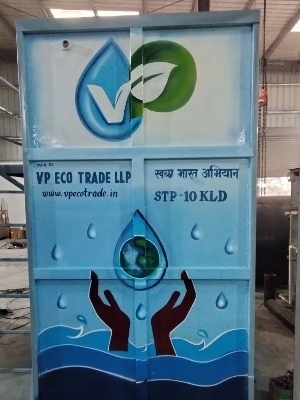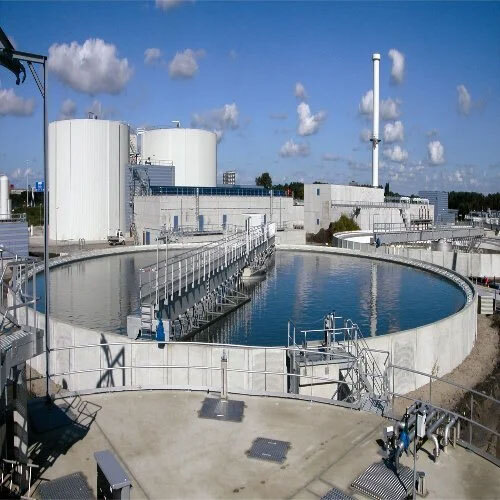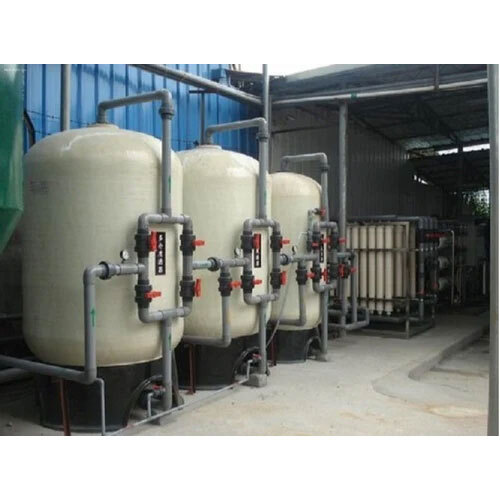Effluent Treatment Plant
150000 INR/Piece
Product Details:
- Application Industrial
- Material Carbon Steel
- Product Type Effluent Treatment Plants
- Power Source Electric
- Operation Type Automatic
- Color Blue
- Warranty 1 Year
- Click to View more
X
Effluent Treatment Plant Price And Quantity
- 150000 INR/Piece
- 10 Piece
Effluent Treatment Plant Product Specifications
- Electric
- Automatic
- Effluent Treatment Plants
- 1 Year
- Carbon Steel
- Industrial
- Blue
Effluent Treatment Plant Trade Information
- Letter of Credit at Sight (Sight L/C) Telegraphic Transfer (T/T) Letter of Credit (L/C)
- 100 Piece Per Month
- 10 Days
- Yes
- Asia Africa
- All India
Product Description
An Effluent Treatment Plant (ETP) is a wastewater treatment system designed to remove contaminants from industrial effluents before discharging them into the environment or reusing them. It ensures compliance with pollution control norms and reduces environmental impact. --- Stages of an Effluent Treatment Plant 1. Preliminary Treatment Screening a Removes large solids like plastics, paper, and debris. Oil & Grease Removal a Separates floating oils and fats using skimmers. Equalization Tank a Balances variations in flow and pollutant concentration. 2. Primary Treatment Coagulation & Flocculation a Chemicals like alum or ferric chloride are added to aggregate small particles. Primary Sedimentation a Heavy solids settle at the bottom as sludge, while clarified water moves to the next stage. 3. Secondary (Biological) Treatment Aerobic Treatment (for organic waste): Activated Sludge Process (ASP) Moving Bed Biofilm Reactor (MBBR) Membrane Bioreactor (MBR) Sequential Batch Reactor (SBR) Anaerobic Treatment (for high-strength organic waste): Upflow Anaerobic Sludge Blanket (UASB) Anaerobic Digestion 4. Tertiary Treatment Filtration a Sand filters, activated carbon filters, or ultrafiltration remove fine particles and residual organics. Disinfection a Chlorination, UV treatment, or ozonation to kill pathogens. Reverse Osmosis (RO) a Used in Zero Liquid Discharge (ZLD) plants to recover water. 5. Sludge Treatment & Disposal Dewatering a Using filter presses or centrifuges. Sludge Drying Beds a For volume reduction before disposal or reuse as manure or biofuel. --- Applications of ETPs Textile & Dyeing Industries Food & Beverage Processing Pharmaceutical & Chemical Plants Paper & Pulp Mills Automobile & Metal Processing Units Hotels & Hospitals Would you like help designing an ETP for a specific industry, or are you looking for components like pumps, clarifiers, or filters?Tell us about your requirement

Price:
Quantity
Select Unit
- 50
- 100
- 200
- 250
- 500
- 1000+
Additional detail
Mobile number
Email
